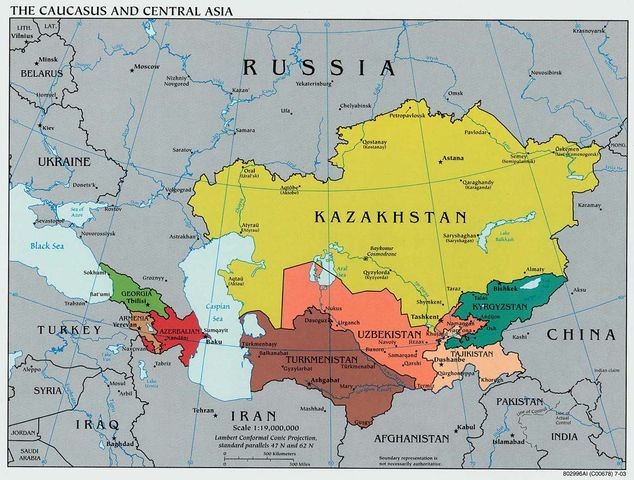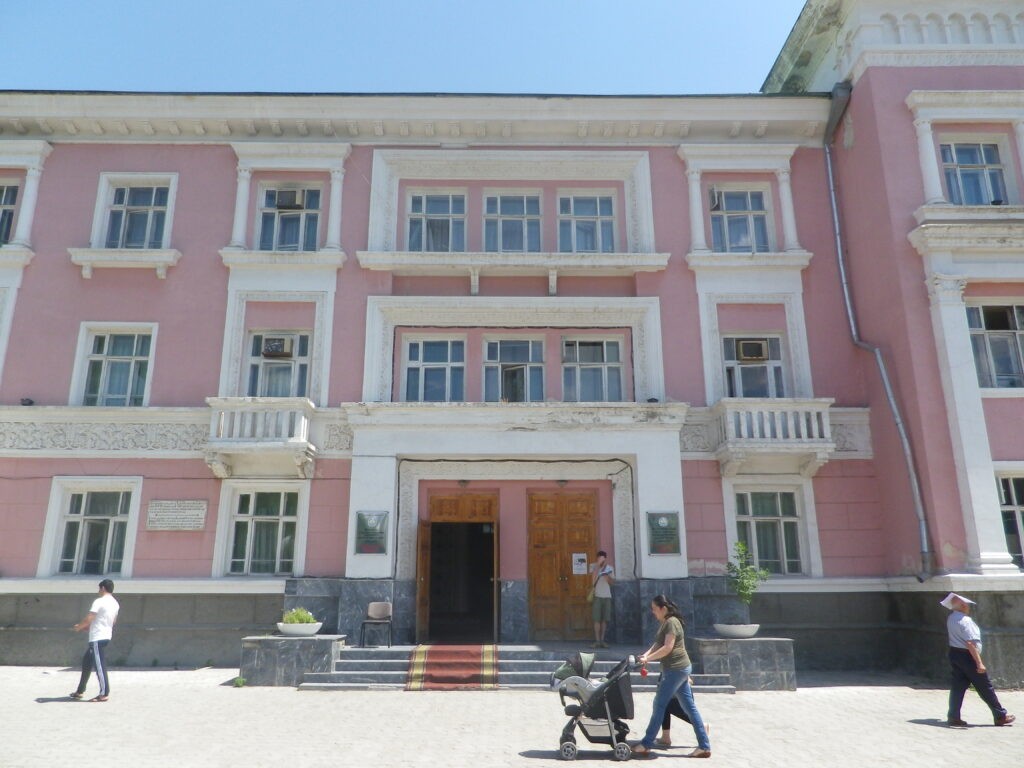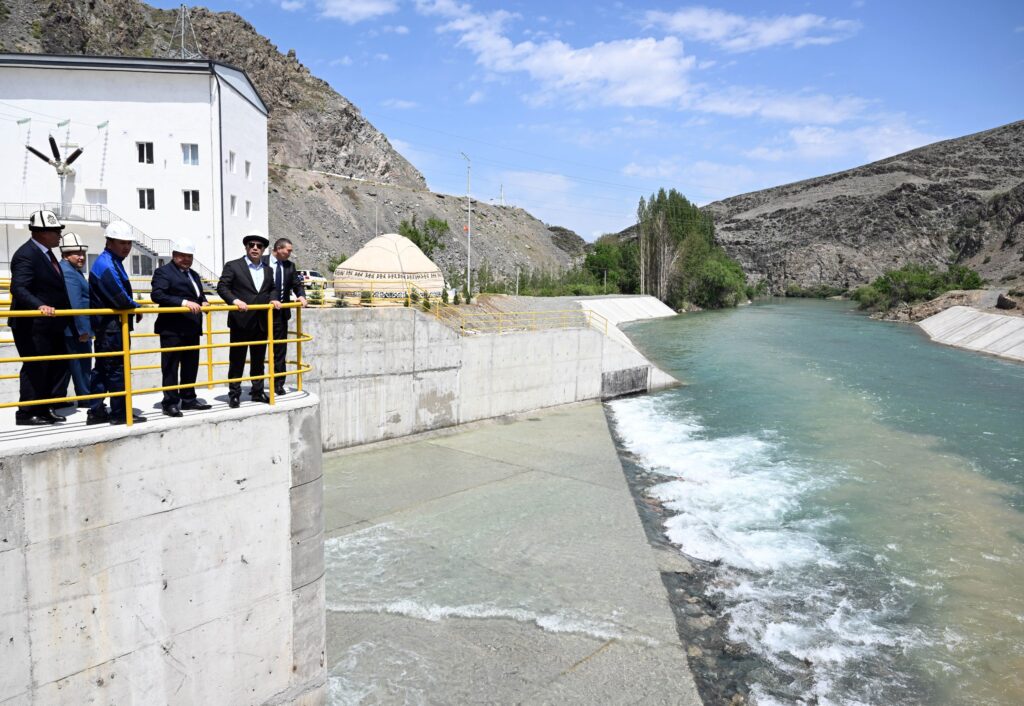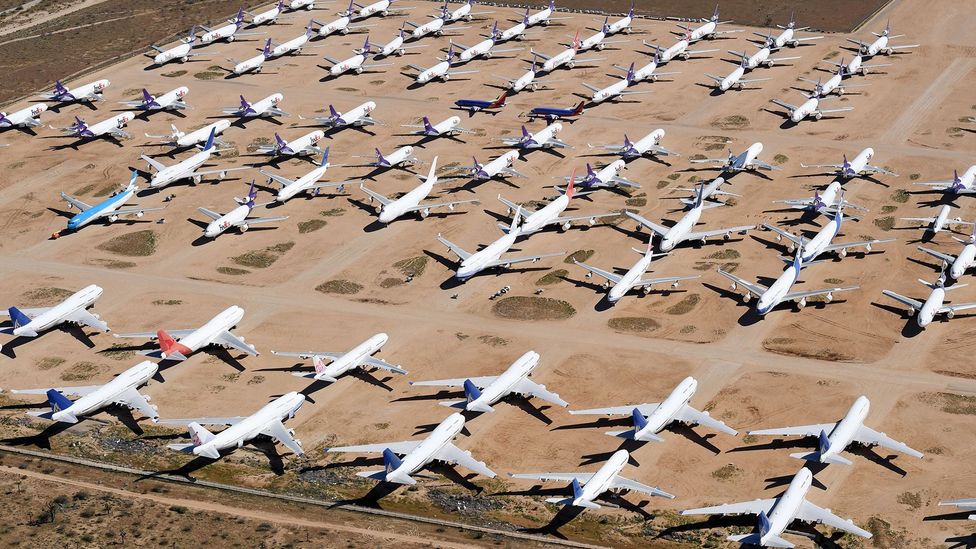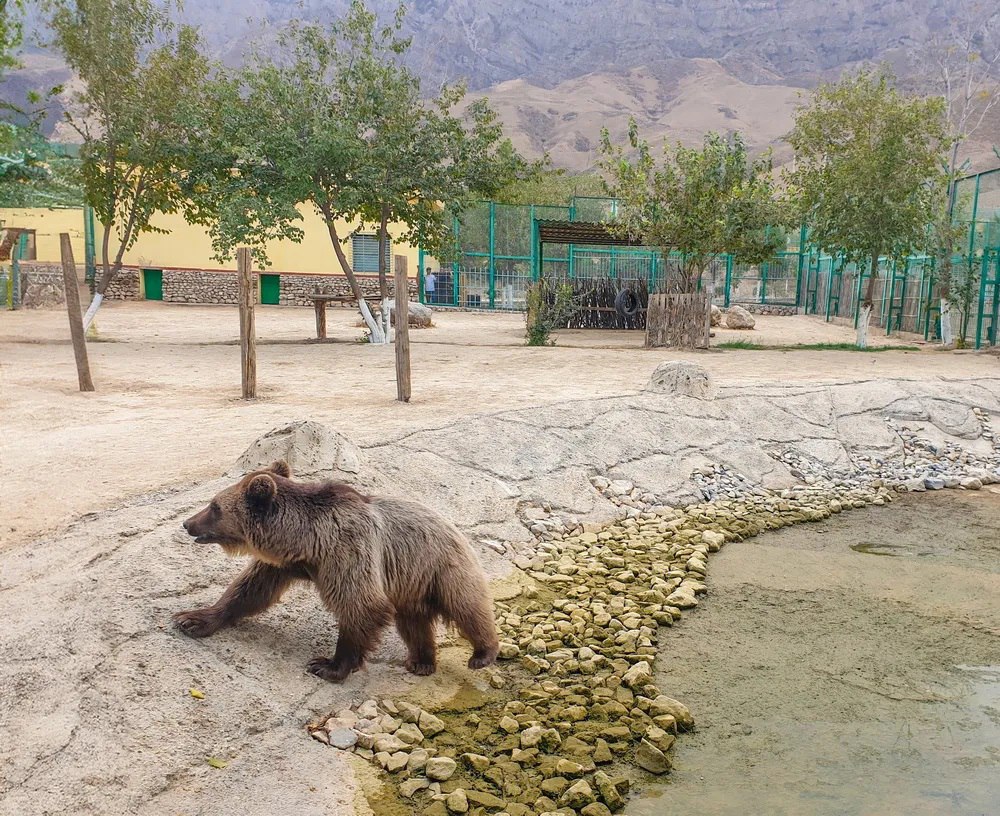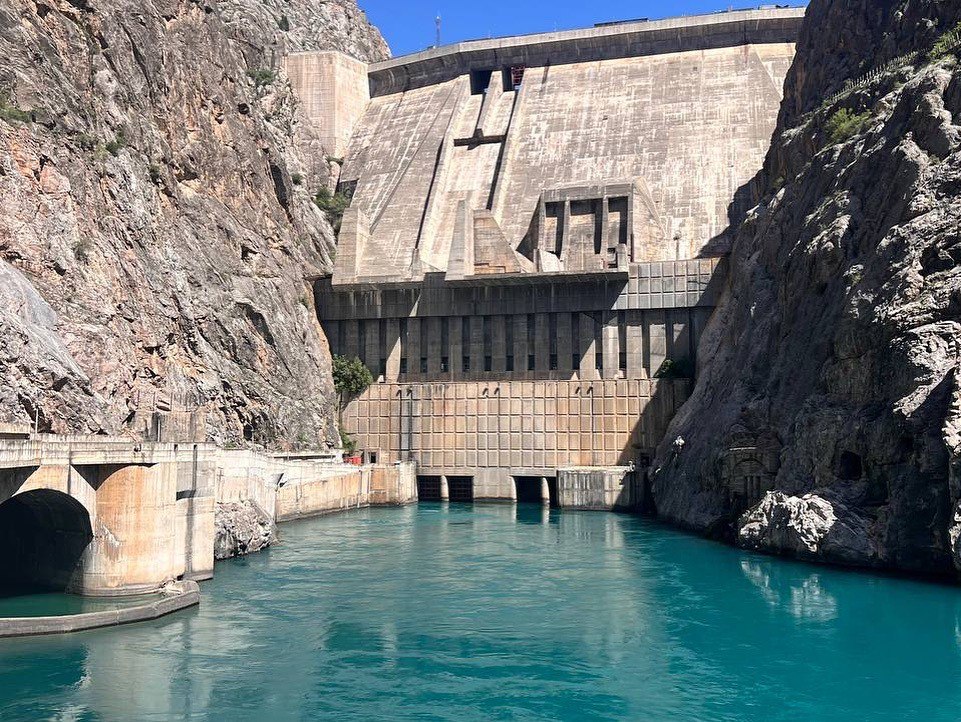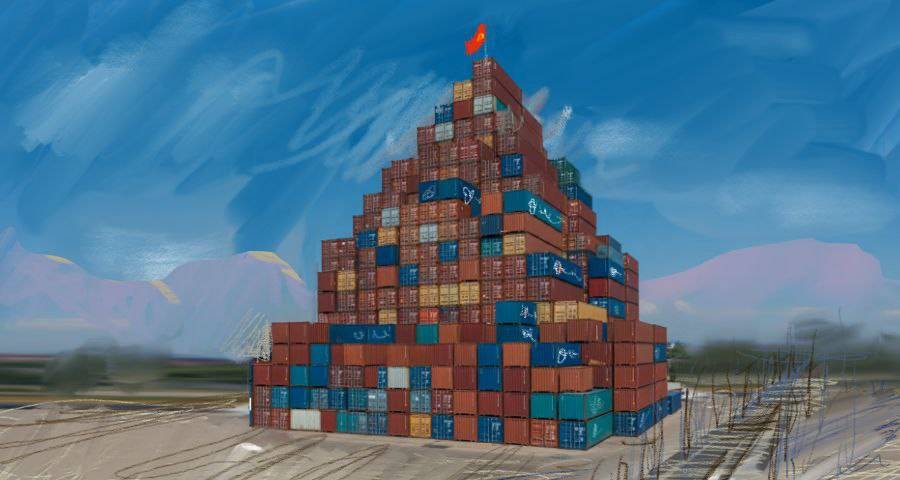LONDON (TCA) — It has been no one less than Kazakhstan’s head of state and veteran politician Nursultan Nazarbayev who was lately quoted by Tass as stating that “the re-emergence of terrorist cells following the heavy blow dealt to Islamic State in the Middle East is a serious challenge for Eurasian states. […] International terrorism has acquired a catastrophic scope, it has no borders. Any part of the globe can become a target for a disastrous onslaught.”
The worst of it all is that Nazarbayev was talking about his own country and its backyard as the main generator of it all. Through the current year, an increasing number of dramatic terror acts has been carried out by people from the former USSR – mainly from the northern Caucasus and Central Asia. This has caused a continuing wave of stigmatisation in the direction of the regions’ nations – unjust in the eyes of many but once sensation-hungry mass media have something between their teeth, they tend to hold on to it like pitbull terriers.
Uzbek, Kyrgyz and Kazakh terrorists
In June 2016, 45 people were killed and at least 230 wounded when reportedly “depraved” suicide bombers coming, as it later appeared, from Uzbekistan and Kyrgyzstan spread terror at Istanbul’s Atatürk Airport using shotguns. Istanbul was also the scene on this year’s New Year’s Day, when 39 people were killed and 70 more were injured in a terrorist attack at a nightclub downtown. The attacker was Uzbek-born Abdulgadir Masharipov who shouted “Allahou akbar!” as he shot it out inside the club. Then in the following month of April Rakhmat Akilov, reportedly “a failed asylum seeker” born in Uzbekistan, killed five people and injured 17 more in central Stockholm.
In the USA, the hunt for Central-Asian terrorists and would-be terrorists started in 2013 when two Kyrgyz brothers of Chechen descent, Tamerlan and Dzhokhar Tsarnayev, carried out a road bomb attack on the Boston Marathon. They had a Kazakh among their accomplices. In 2015, Dzhokhar got a death sentence, but an appeal is still lingering on amidst increasing evidence that he would have been set up by mysterious assigners, pointing at US security services.
The Central Asian stigma
The stigma in America started taking shape in February 2015, when a man named Abdurasul Juraboyev, then 24, was arrested with two other Uzbek men and one from Kazakhstan in what the authorities said was a plot to join the Islamic State. Two additional Uzbek men living in Brooklyn were later charged. No violence ever occurred but it so happened that on October 27 Juraboyev was nonetheless sentenced to 15 years in prison.
In October 2017, another shockwave went through New York, and this time it was for real, when Sayfullo Saipov, a 29-year old married father of two from Uzbekistan, drove a bus down a busy bicycle path and, in a note, expressed support for the Islamic state. This more than previous occurrences intensified the trend in media land to shift from the Near East to Central Asia as the imagined source of evil in an avalanche of reporting the ripples of which are still noticeable in the headlines.
A place in society
Western observers tend to blame the “authoritarian” governments in Central Asia for the phenomenon by using too much sticks and too few carrots where it comes to constraining the rise of “Islamic” extremism in their countries. In Uzbekistan alone, more than 7,000 people have been put behind bars for it – justly according to state officials, doubtfully at least in part according to western sideliners.
Arrests in all five Central Asian states on suspicion of conspiring terror attacks remain frequent, and authorities claim this has prevented a wave of actual terrorist attacks so far. In several countries, programmes to “rehabilitate” inmates and grant them a place in society without making trouble have been installed, but so far results have not been evaluated upon.
So where does the “Central Asia terror wave” originate from? Many point at the fact that the disappearance of Soviet ideology caused a vacuum among traditionally Muslim populations who used to live in an uneasy cohabitation with the secular proletarian cult, but had, like the Russian Orthodox Church, enough margin left not to hide their creed completely. Having no alternative and generally hostile to the imported “new capitalism” radical Islam took shape on people’s minds as history took its new course with the help of ripened movements in the Near East and Afghanistan.
‘A militant theocratic state’
“The profile of terrorism, and of terrorists, is quickly evolving, and the Middle East is no longer the point of origin. Individuals and groups willing to commit violence to promote various extremist interpretations of Islam may also come from Eurasia, from South and East Asia, or from Africa,” Euronews reported on November 3 – adding: “Uzbeks [have] swarmed the ranks of al Qaeda and ISIS, as well as the Islamic Movement of Uzbekistan, a terrorist organisation aimed at subverting all of the governments of Central Asia. Beyond those organisations, the Muslim Brotherhood (which originated in Egypt and has branches of adherents in many other countries, including Hamas in the Gaza Strip) and Hizb-ut-Tahrir (a secretive global organisation that strives to overthrow existing regimes and reestablish the califate, a militant theocratic state) have both been active in the region.”
Virtually all governments in Central Asia respond to the threats by promising better material lives for the population. Industrial programs are being installed by the score, social provisions in terms of sports, and “patriotic” brainwashes are pouring down on the people without anyone questioning if this is the right answer to the problem. The model citizen who goes quietly about his factory or office job, watches over his happy family, pays his taxes and most of all keeps loyal and quiet in the face of the power of the state is being taken for granted.
But what if that model does not correspond with people’s deeper aspirations? In the long series of conferences and seminars, that question has never been addressed and therefore remains open. On the ground, military drills are being held throughout the region by combined army forces to “combat terrorism”. But terrorists do not appear on battlegrounds, they hide between crowds of peaceful civilians in order to strike and no army can do anything against it. In all: the issue how to take the sting of terror out of people’s minds remains unanswered because everyone may well be afraid to formulate it.
